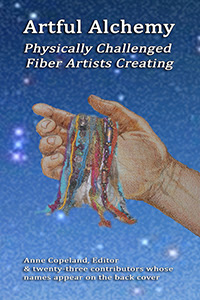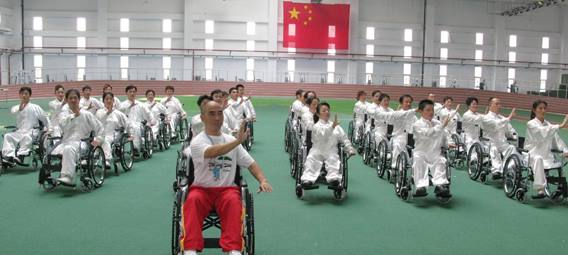
Artful Alchemy: Physically Challenged Fiber Artists Creating Edited by Anne Copeland, with assistance from Barbara William for overall content decisions, this book relates the alchemy involved in the artful transformations of 23 severely physically challenged fiber artists, many whom are internationally known. The book is the culmination of a very small but very successful 501 (c)(3) nonprofit that was founded in 2005 by Anne Copeland to provide assistance for physically challenged fiber artists with getting adequate and affordable exposure for their work and to help them with physical development. The organization provided exhibits and shows through assistance from various venues in the United States, some of which held traveling venues. The first year, we curated an exhibit called "My World in Black and White." That exhibit attracted some 121 participants from all over the world, and we had 10 live venues for it, all of which were well attended. We oper...



